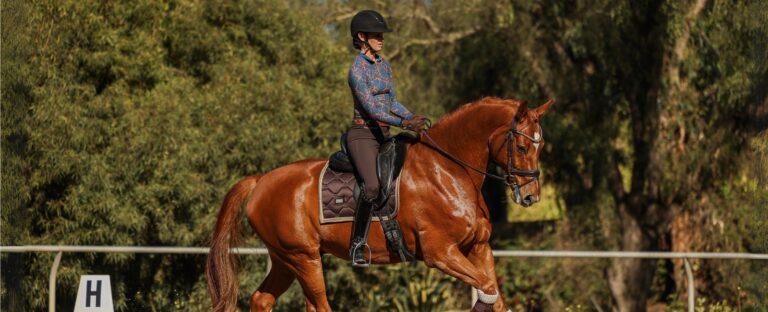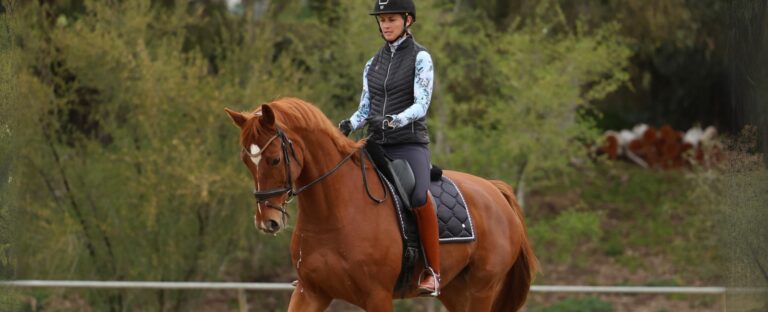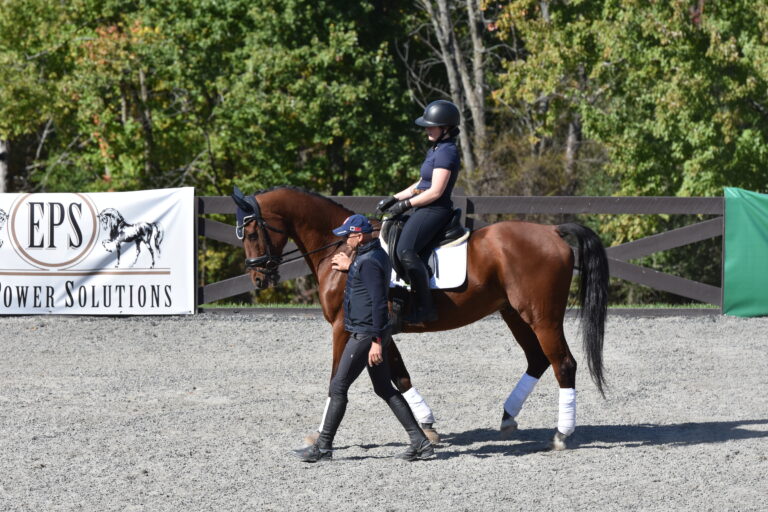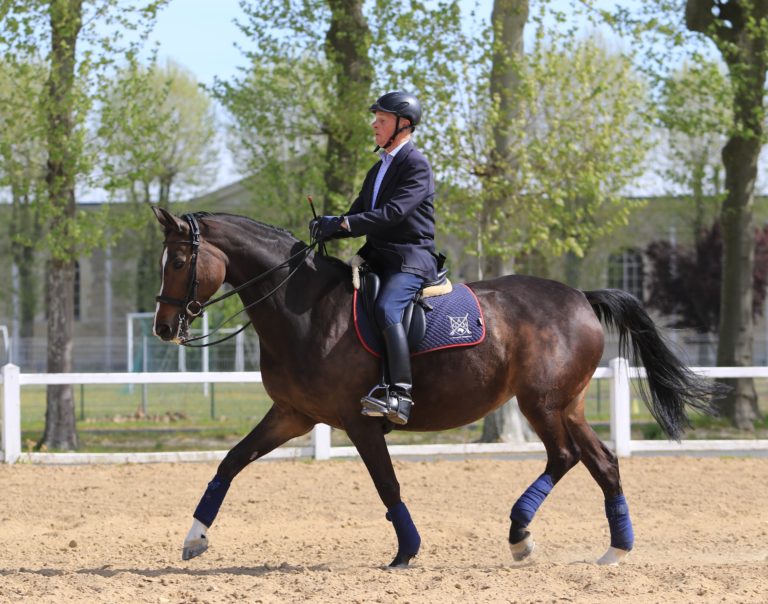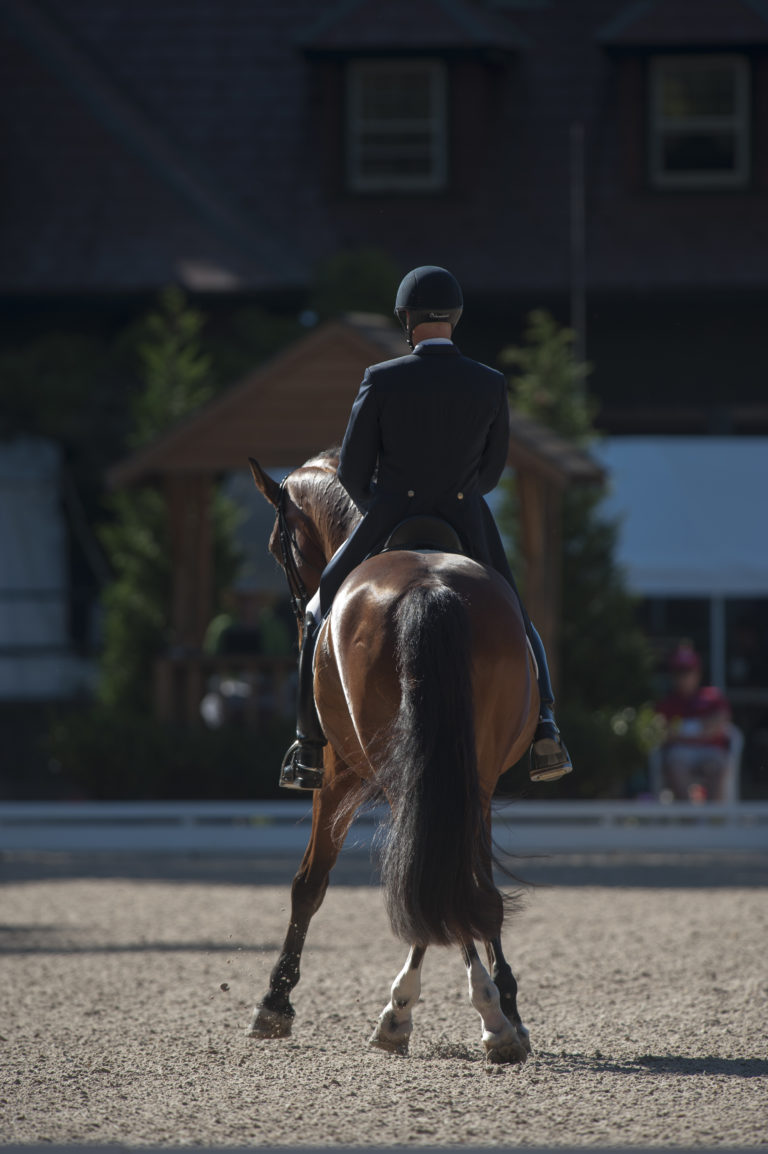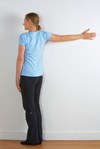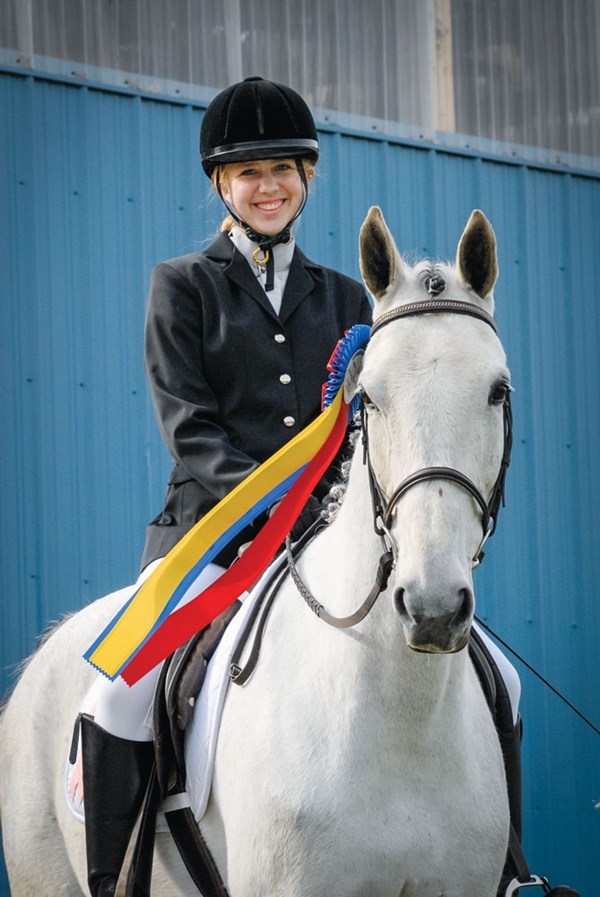
What Is the Difference Between Unrecognized and Recognized Dressage Shows?
Q: Until now I have ridden only in unrecognized dressage shows. Now I would like to switch to recognized ones. Is this a big jump? Will my scores go down? What do I need to know? In the past, I have consistently scored in the mid 60s, riding up to First Level.
Name withheld by request
Stacey Hastings
A: I’m happy to read that you are considering moving up to recognized shows. It shows you have a lot of confidence in yourself and your horse. Yes, it will be different and challenging, but also a wonderful learning opportunity. You and your horse will grow in your endeavor in this great sport.
Schooling, or unrecognized, shows are a wonderful place to start, whether you are getting your feet wet in competition or if your horse is new to competition. Usually it’s a more laid-back environment without pressure, and often the rules are more lenient. Schooling shows are not just for the competitors; often the judges are learning as well. Usually USDF “L” Program graduates are hired to judge rather than rated judges.
At recognized shows, typically there are more seasoned horses and riders than at schooling shows. You also will see more professionals competing. Don’t be intimidated by this; be inspired by it. If you expose yourself to higher-quality riding, you will follow suit.
Most likely you will encounter more competition in your classes, so there may be a slight change in your scores. I have encountered this at shows myself. For example, there are score changes from schooling shows to local rated shows and from regional shows onto national shows, and finally international shows. I suppose in a perfect world this would not happen, but we usually don’t see horses like Totilas at our local schooling shows. However, I must say that I have been pleasantly surprised when my horses and my riding step up to the plate and my scores increase at higher-level shows. I have had this happen several times, most likely because I tend to up my game when around higher-level horses and riders. It’s a positive push.
Many schooling shows I’ve attended try to follow similar rules as rated shows to lessen any confusion. However, I’ve attended some where anything goes: any kind of tack, leg wraps, rider apparel, whips, etc. So it’s very important that you have a good understanding of the rules and regulations for recognized shows. I believe this is the rider’s responsibility, not that of the trainers or officials. You should go online to the USEF website and familiarize yourself with the rules beforehand. At recognized shows there also are rules regarding drugs and medications. You should be aware if what you are giving your horse is legal or not. This will also include any supplements or feed you may be giving your horse. A mistake in this area could lead to some serious consequences.
A typical schooling show is one day long. In contrast, most recognized shows tend to be two or more days. Most people arrive the day before the show begins to have time to settle in and acclimate their horses to the new surroundings and the arena they will be competing in. So you will be gone for at least three days. This will take much more planning and effort than that of a schooling show.
And, of course, a recognized show will be more expensive. Your entry form will be slightly different, and you will most likely need to have the required memberships.
Finally, the most important thing to remember is to have fun and enjoy a nice long weekend with your horse.
Stacey Hastings is a USDF certified instructor through Fourth Level, a USDF bronze, silver and gold medalist and a USDF “L” Education Program graduate with distinction. She has trained numerous horses and riders through the FEI levels and has won countless championships and awards. She is located at Full Circle Farm in Statesville, North Carolina.



